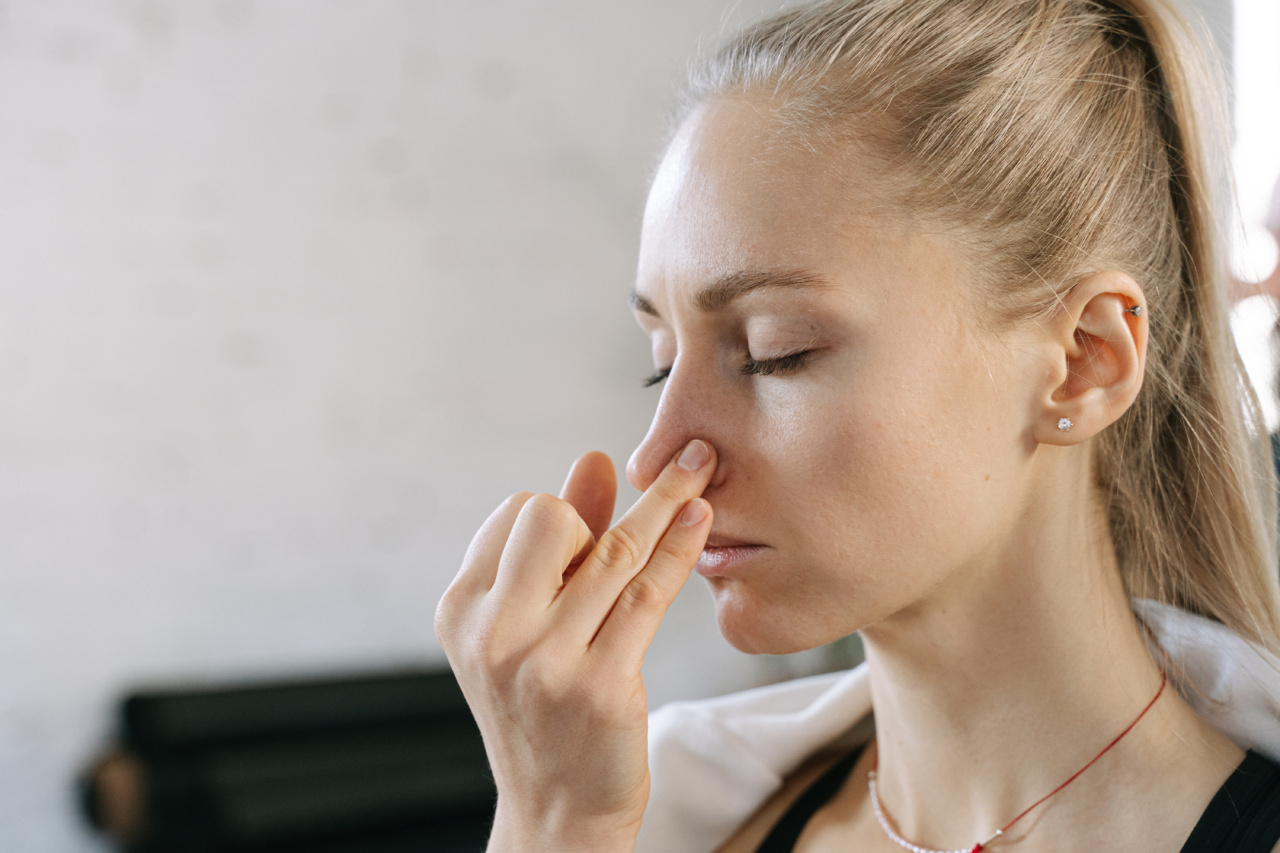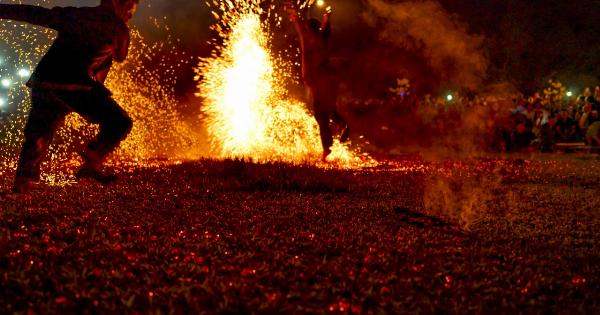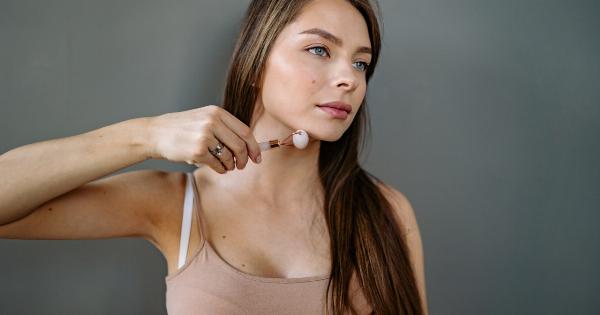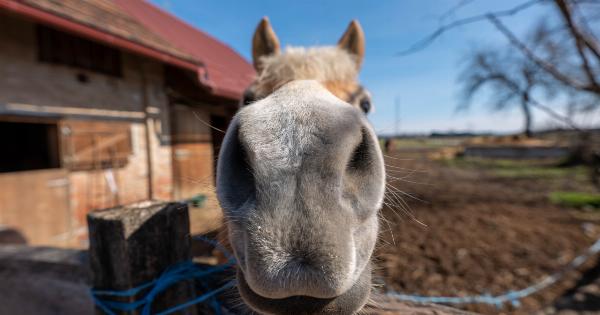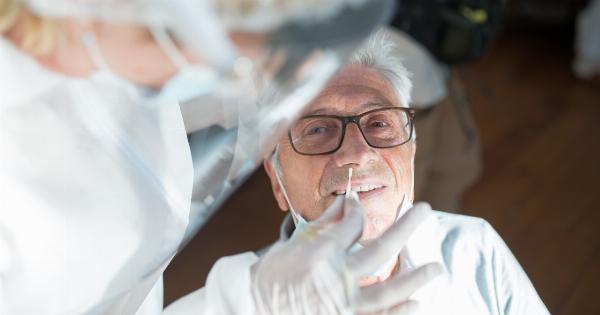For many people, a deviated septum, nasal congestion, or other structural abnormalities can make it difficult to breathe freely through their nose. These issues can be not only uncomfortable but also impact one’s quality of life.
Rhinoplasty, commonly known as a nose job, is a surgical procedure that can address these problems and improve breathing for those dealing with nasal issues. In addition to enhancing the appearance of the nose, rhinoplasty can provide functional benefits that can significantly impact an individual’s overall well-being.
Understanding Rhinoplasty
Rhinoplasty is a surgical procedure designed to reshape the nose, correct structural abnormalities, and improve its functionality.
It can be performed for cosmetic reasons or to address breathing difficulties caused by a deviated septum, enlarged turbinates, nasal valve collapse, or other obstructions. The procedure can involve altering the bone, cartilage, and skin of the nose to achieve the desired results.
Conditions That Can Impact Breathing
There are several conditions that can interfere with proper nasal breathing:.
- Deviated Septum: A deviated septum occurs when the thin wall separating the nostrils is displaced to one side, restricting airflow. This condition is often congenital but can also result from injury or trauma.
- Enlarged Turbinates: The turbinates are structures inside the nasal passages that help filter and humidify the air we breathe. When the turbinates become too large due to allergies or other factors, they can obstruct airflow.
- Nasal Valve Collapse: The nasal valve is the narrowest part of the nasal passages, responsible for regulating airflow. Weak or collapsed nasal valves can cause nasal obstruction and difficulty breathing, particularly during physical activity or at night.
- Nasal Polyps: Nasal polyps are noncancerous growths that can develop in the lining of the nasal passages or sinuses. They can cause congestion, difficulty breathing, and a reduced sense of smell.
- Congestion from Allergies: Allergies can cause chronic congestion and inflammation of the nasal passages, making it challenging to breathe comfortably through the nose.
How Rhinoplasty Improves Breathing
Rhinoplasty addresses breathing difficulties by correcting underlying structural abnormalities. The specific techniques used during the procedure may vary depending on the individual’s unique condition.
Here are a few ways in which rhinoplasty can improve breathing:.
Septoplasty for Deviated Septum
A deviated septum can be corrected through a procedure called septoplasty. During septoplasty, the surgeon straightens the septum, allowing for proper airflow through the nasal passages.
This can alleviate congestion, reduce snoring, improve sleep quality, and enhance the overall ability to breathe comfortably through the nose.
Turbinate Reduction
When enlarged turbinates are causing nasal obstruction, a procedure called turbinate reduction can be performed alongside rhinoplasty. Turbinate reduction involves reducing the size of the turbinates to improve nasal airflow.
By removing or reshaping the turbinates, congestion can be alleviated, and normal breathing can be restored.
Nasal Valve Repair
If weak or collapsed nasal valves are responsible for breathing difficulties, nasal valve repair can be performed during rhinoplasty. This technique involves reinforcing the nasal valves to improve airflow.
By strengthening the nasal passages, nasal valve repair enhances breathing and reduces symptoms of nasal obstruction.
Polyp Removal
Nasal polyps can be removed during rhinoplasty, helping to relieve congestion and restore proper breathing. Polyp removal may be performed in conjunction with other surgical techniques to address both the functional and aesthetic aspects of the nose.
Combining Rhinoplasty and Allergy Treatment
In cases where nasal congestion is primarily caused by allergies, rhinoplasty can be combined with allergy treatment for optimal results. Allergy treatments may include medication, immunotherapy, or lifestyle changes.
By addressing both the structural issues and the underlying cause of congestion, individuals can experience long-term relief from breathing difficulties.
The Benefits of Improved Breathing
Improved breathing as a result of rhinoplasty can have numerous positive impacts on an individual’s overall well-being:.
- Better Sleep: By addressing breathing difficulties, rhinoplasty can promote better sleep quality, reduce snoring, and alleviate symptoms of sleep apnea.
- Enhanced Physical Performance: Those who engage in physical activities or sports can benefit from increased nasal airflow. Improved breathing can enhance endurance, stamina, and overall athletic performance.
- Improved Quality of Life: Breathing freely through the nose can have a significant impact on one’s quality of life, leading to increased comfort, decreased reliance on nasal sprays or medications, and improved ability to taste and smell.
- Boosted Confidence: Rhinoplasty can address both functional and aesthetic concerns. By improving both the appearance and functionality of the nose, individuals often experience a boost in self-esteem and confidence.
Considering Rhinoplasty for Breathing Difficulties
If you are struggling with breathing difficulties due to a deviated septum, nasal obstruction, or other nasal issues, rhinoplasty may be a suitable option for you.
However, it is essential to consult with a qualified and experienced plastic surgeon who specializes in rhinoplasty. During a consultation, the surgeon will assess your nasal structure, discuss your concerns and goals, and determine the best course of action.
Recovery and Results
Recovery from rhinoplasty will vary from person to person, but most individuals can expect some swelling and bruising, which typically subsides within a few weeks.
It is normal to experience mild discomfort, which can be managed with pain medication prescribed by your surgeon. Following the surgeon’s post-operative instructions is crucial for a smooth recovery and optimal results.
Once the initial recovery period is over, individuals often experience a significant improvement in their ability to breathe effortlessly through the nose.
The final results of rhinoplasty can take several months to fully manifest as the nose gradually heals and settles into its new shape and functionality.
Consult a Rhinoplasty Specialist
If you are considering rhinoplasty to address breathing difficulties, it is important to consult with a board-certified plastic surgeon who specializes in nasal surgery.
They will thoroughly evaluate your nasal structure, discuss your concerns, and develop a tailored treatment plan to help you achieve improved breathing and optimal nasal functionality.
